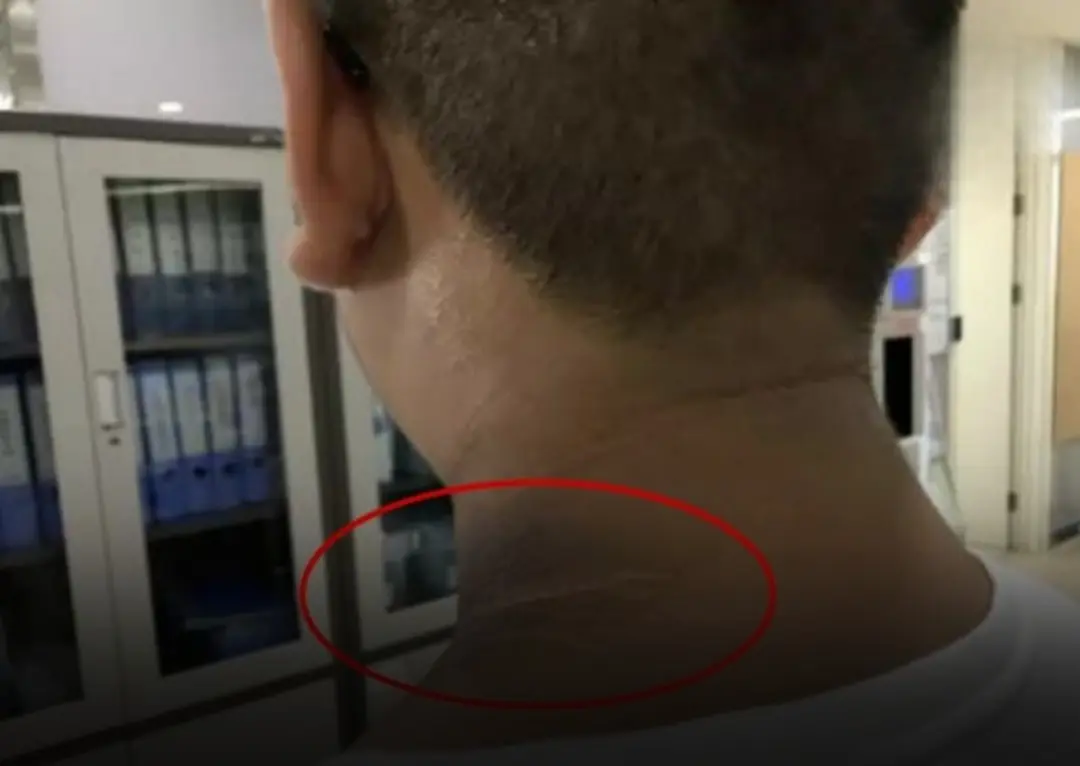
The Mysterious Island with Stunning Beauty but Few Dare to Visit: The Terrifying Truth Behind It
The Mysterious Island with Stunning Beauty but Few Dare to Visit: The Terrifying Truth Behind It
This island carries a haunting past.
Just a short boat ride off the coast of Ross-shire, in the Inner Hebrides of western Scotland, lies Gruinard Island, stretching about 2 kilometers in length. Despite its picturesque appearance, with rocky shores and lush natural vegetation, this island has remained uninhabited for over 50 years, with very few people daring to set foot on it.
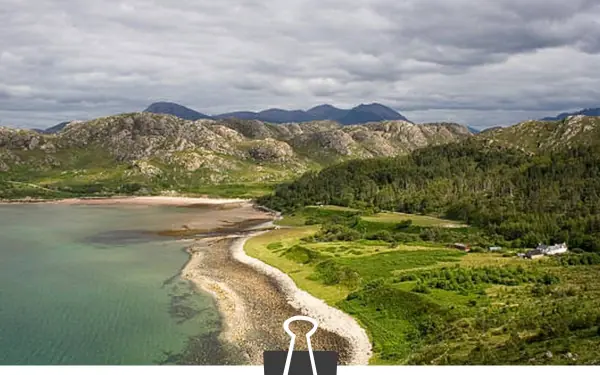
The Frightening History of Gruinard Island
The reason behind Gruinard’s eerie isolation lies in its terrifying past. This island became the site of the United Kingdom’s first outdoor biological weapons experiments.
During World War II, the British feared that Nazi Germany might use chemical weapons. Germany had pioneered the use of mustard gas in World War I, and its chemical industry had grown into the world’s largest. Scientists at Porton Down, a top-secret British military laboratory, were tasked with researching chemical and biological weapons to counter this potential threat.
Their primary focus was anthrax, a deadly infectious disease caused by Bacillus anthracis. While anthrax typically affects livestock and wild animals, it can also infect humans. When inhaled, ingested, or contacted through the skin, anthrax spores cause severe symptoms such as high fever, chills, coughing, shortness of breath, nausea, vomiting, excessive sweating, and extreme fatigue. If left untreated, the disease can quickly become fatal.
By 1942, after extensive laboratory testing, the British government decided to conduct real-world experiments. Gruinard Island, located in one of the most remote parts of the UK, was deemed the perfect site.
In the first experiment, scientists tied around 80 sheep at various distances from an anthrax bomb, which was then detonated. The sheep quickly became infected and died. In subsequent tests, bombers flew over the island, releasing anthrax-filled bombs that killed even more animals. Scientists in hazmat suits later returned to dissect the infected sheep and analyze the impact of anthrax.
The British government officially stated that the experiments were purely defensive, aimed at preparing for possible biological warfare. However, secret plans were also drawn up to use anthrax as a weapon against enemy forces. Fortunately, anthrax bombs were never deployed during the war.
A Toxic Legacy: The Island Becomes Uninhabitable
Despite the war ending, anthrax bacteria remained in the island’s soil, making Gruinard one of the most dangerous places on Earth.
After the war, attempts were made to decontaminate the island, but they failed. Gruinard was deemed too hazardous for human habitation, and access to the island was strictly prohibited—except for occasional scientific studies to monitor contamination levels.
Some even referred to Gruinard as "a poisoned monster." By the 1980s, recognizing that the problem wouldn’t resolve itself, the British government launched a massive decontamination effort. Scientists, vaccinated against anthrax and clad in protective suits, returned to the island to disinfect it. They sprayed seawater mixed with 280 tons of formaldehyde onto the topsoil, applying 50 liters of the solution per square meter.
In the summer of 1987, a flock of sheep was placed on Gruinard Island, and none showed signs of illness. In 1990, the UK Ministry of Defence officially declared the island "safe." It was then sold back to the heirs of its original owners for £500. However, no one has chosen to live there since.
A Place of Fear and Mystery
In 2022, a massive fire engulfed Gruinard Island. Witnesses described the scene as an "apocalyptic blaze."
The island sparked curiosity again in 2023 when YouTuber Dara Tah decided to spend a night there and collect soil samples to test for anthrax.
Although authorities had deemed the island decontaminated, Tah and his companion still wore protective suits as a precaution while filming their adventure.
Fortunately, the samples they collected tested negative for anthrax, confirming that the island is now safe to visit. However, despite this reassurance, many locals remain hesitant to step foot on Gruinard Island.
News in the same category


3 vegetables that may cause can.cer avoid them now

Applying Toothpaste to Ginger: A Little-Known Household Trick With Surprising Benefits

Remove This One String to Eliminate Fishy Smell — A Simple Cooking Secret Many People Miss

The Plant That Mosquitoes and Snakes Both Avoid — A Natural Protector for Your Home

Never Eat This Part of Pork: Even 100°C Heat Cannot Eliminate the Danger

Could sleeping with a fan on cause heart attacks? Understanding the potential heart health dangers

What happens to the soul when the body is cremated?

Why do the Japanese place water bottles around their homes instead of storing them in the refrigerator?

5 foods that stay fresher when stored outside the fridge

Meaning of wearing a ring on the left and right thumb

Proven Foods, Supplements and Vitamins That Act as Powerful Natural Blood Thinners

Pay Attention to These Warning Signs Your Body Sends at Night!

From Ditch-Side Weed to ‘Edible Gold’: How Purslane Became a High-Value Delicacy

Man Di.es After Eating Eggs: Doctors Warn Against a Common but Dangerous Eating Habit

Not all expired food is trash — these 6 items may still be safe to eat

Rainbow-Shimmering Beef: Should You Eat It or Throw It Away?
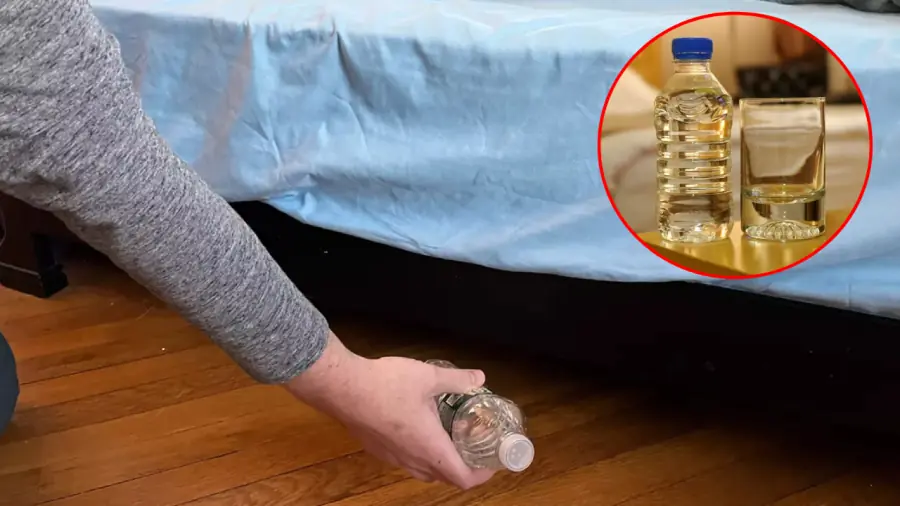
Always Throw a Water Bottle Under the Hotel Bed: A Flight Attendant Reveals Why

Dog ticks bit 3 people in a family, 2 died: If you can't keep them clean, don't keep them, they're full of diseases

Drink coconut water on an empty stomach for 7 days, kill 10 birds with one stone: it's a waste not to try it
News Post
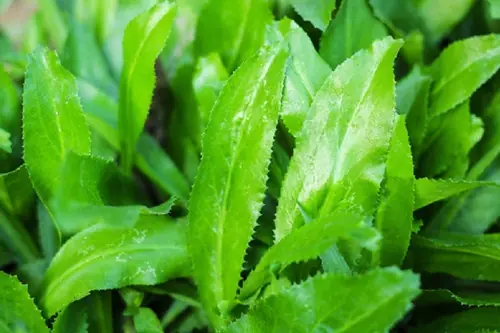
A handful of culantro for about 10–15 cents: a sto.mach soother and a helper for lowering blo.od fats

Two Hygiene Habits That “Wreck” the Inti.mate Area—Many Women Are Still Making These Mistakes

How to make banana vinegar with just 4 simple ingredients, you will have a delicious finished product

A plant with a distinctive aroma: Both a spice and a 'miracle drug' for health

A Step Many Think Makes Chicken “Clean” Actually Does the Opposite: Experts Everywhere Say Stop Immediately
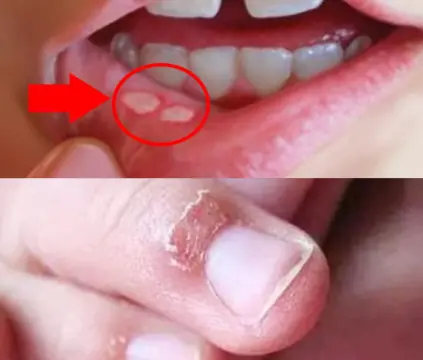
8 Early Warning Signs of Nutrient Deficiency Written All over Your Body
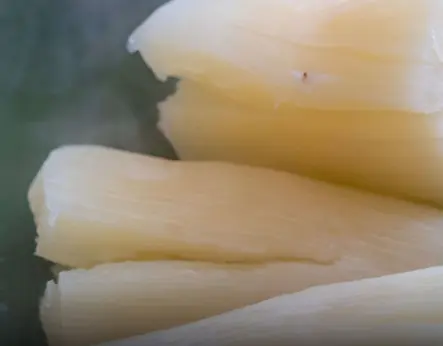
Over 200 People Are Killed By The “World’s Deadliest Food” Every Year, But Almost 500 Million People Still Eat It

A 56-Year-Old Man Who Avoided Rice and Ate Only Vegetables Faces Unexpected Health Results

4 types of people who should avoid eating cabbage

4 simple and effective tips to clean yellow sweat stains on white shirts at home that anyone can do it

What time should you shower to ensure your health and reduce the risk of stro:ke?

8 Early Warning Signs Of Ovarian Cancer You Shouldn’t Ignore

All The Things You Need to Know About Nighttime Urination And When To Start Worrying

Do You Sleep With Your Cat? You Could Be At Risk For This Silent, Deadly Disease

9 Early Signs of Diabetes You May Not Be Noticing

Eggplant is the king of vegetables but not everyone can eat it
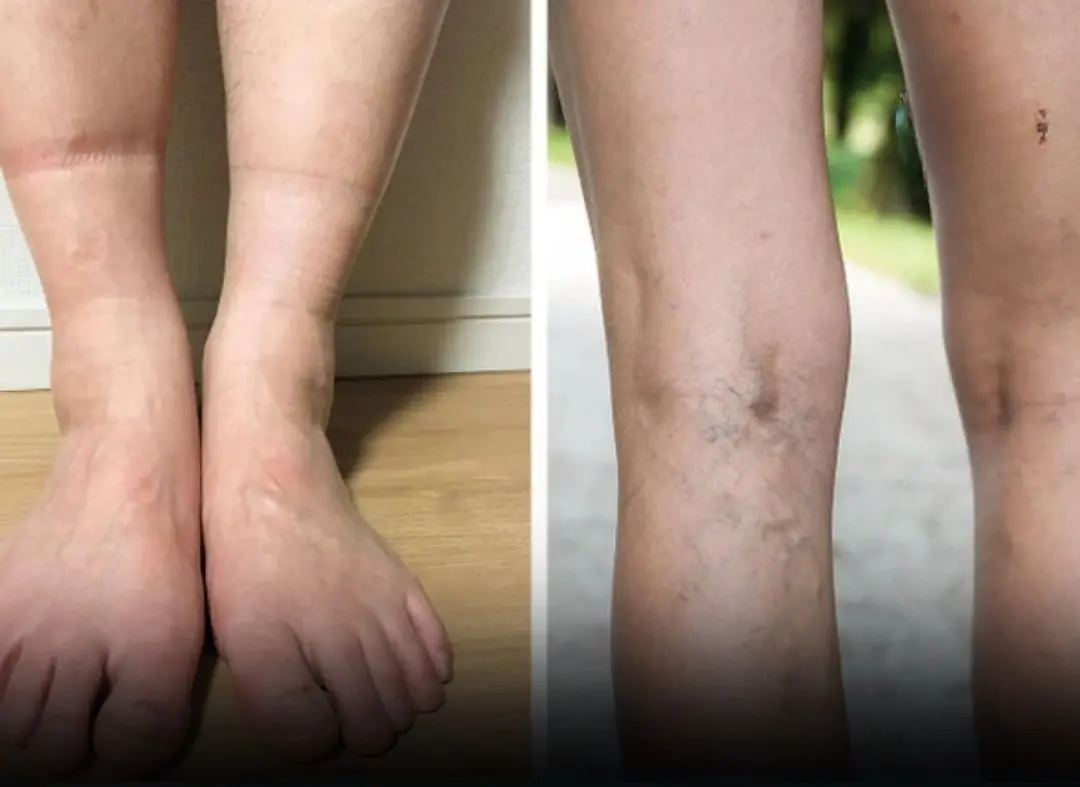
4 Possible Health Conditions Your Feet Could Be Signaling Through Sock Indentations

Recognizing early warning signs of kid.ney failure can greatly improve treatment outcomes.
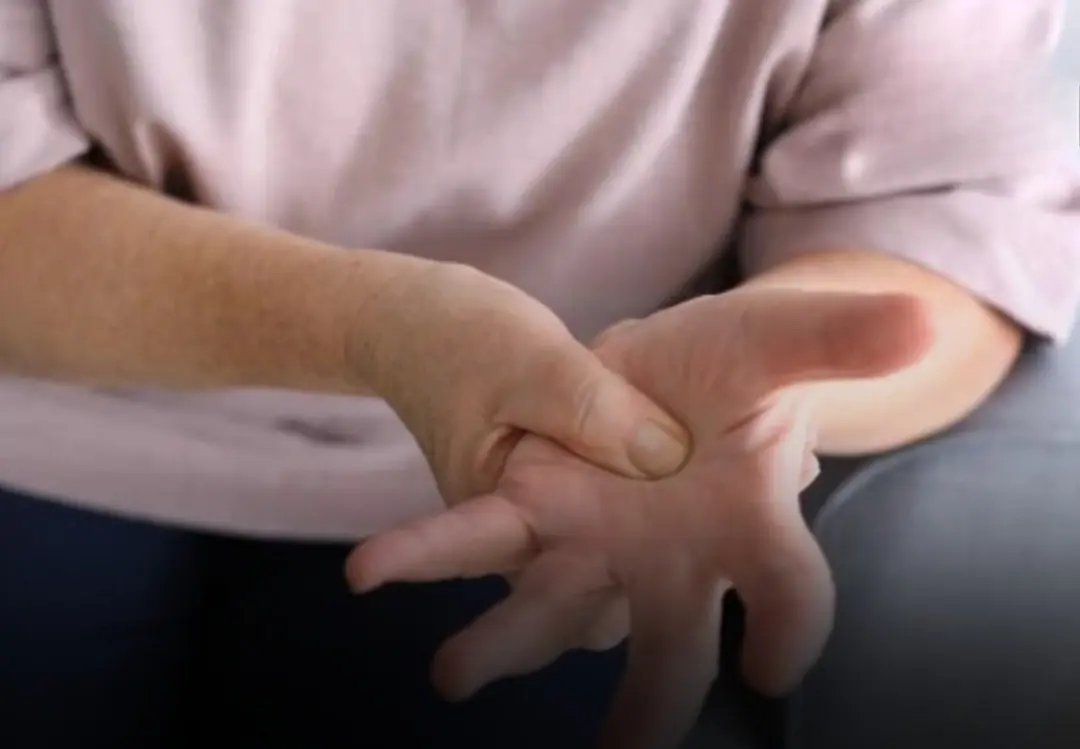
Your hands can reveal liver trouble — don’t ignore these shocking signs
